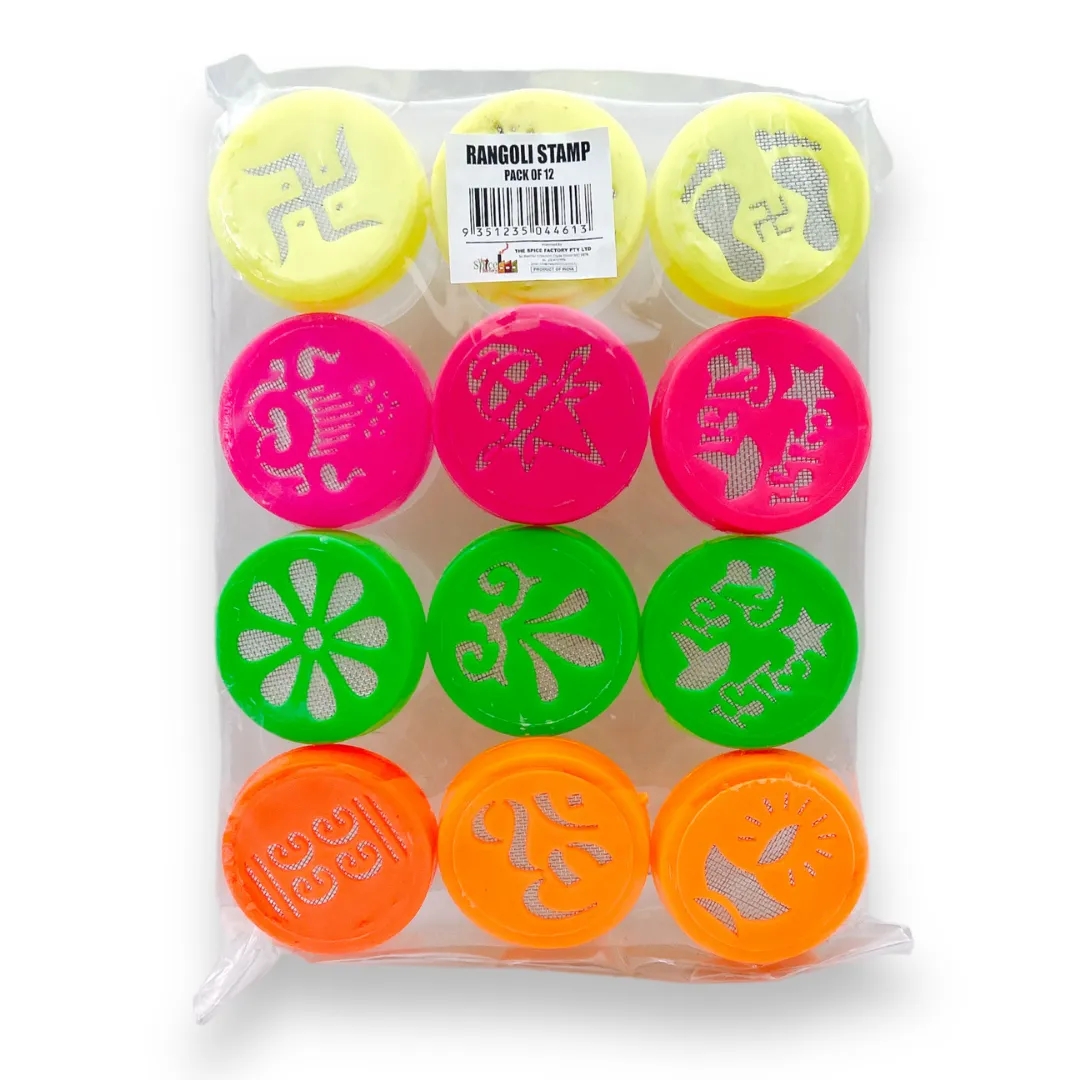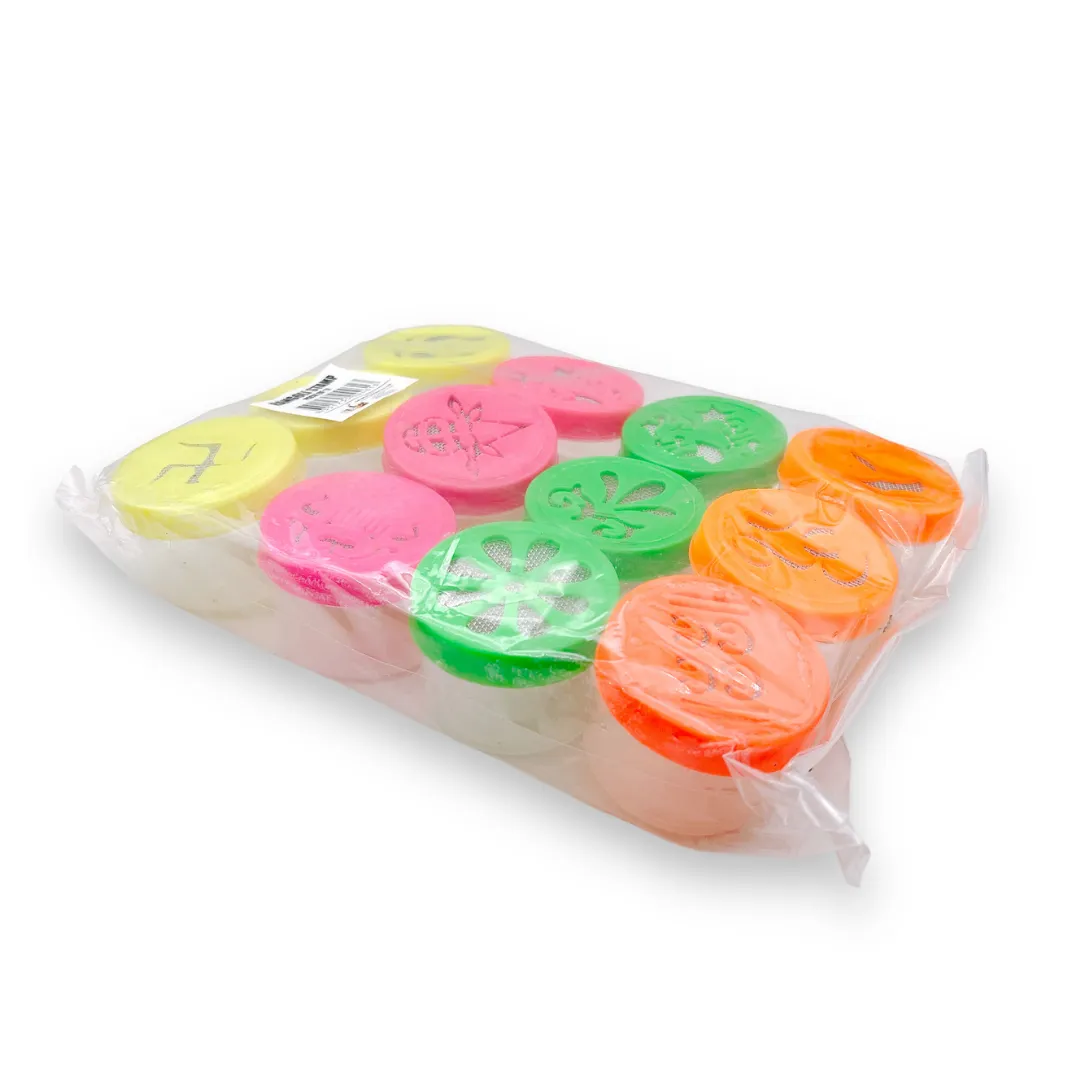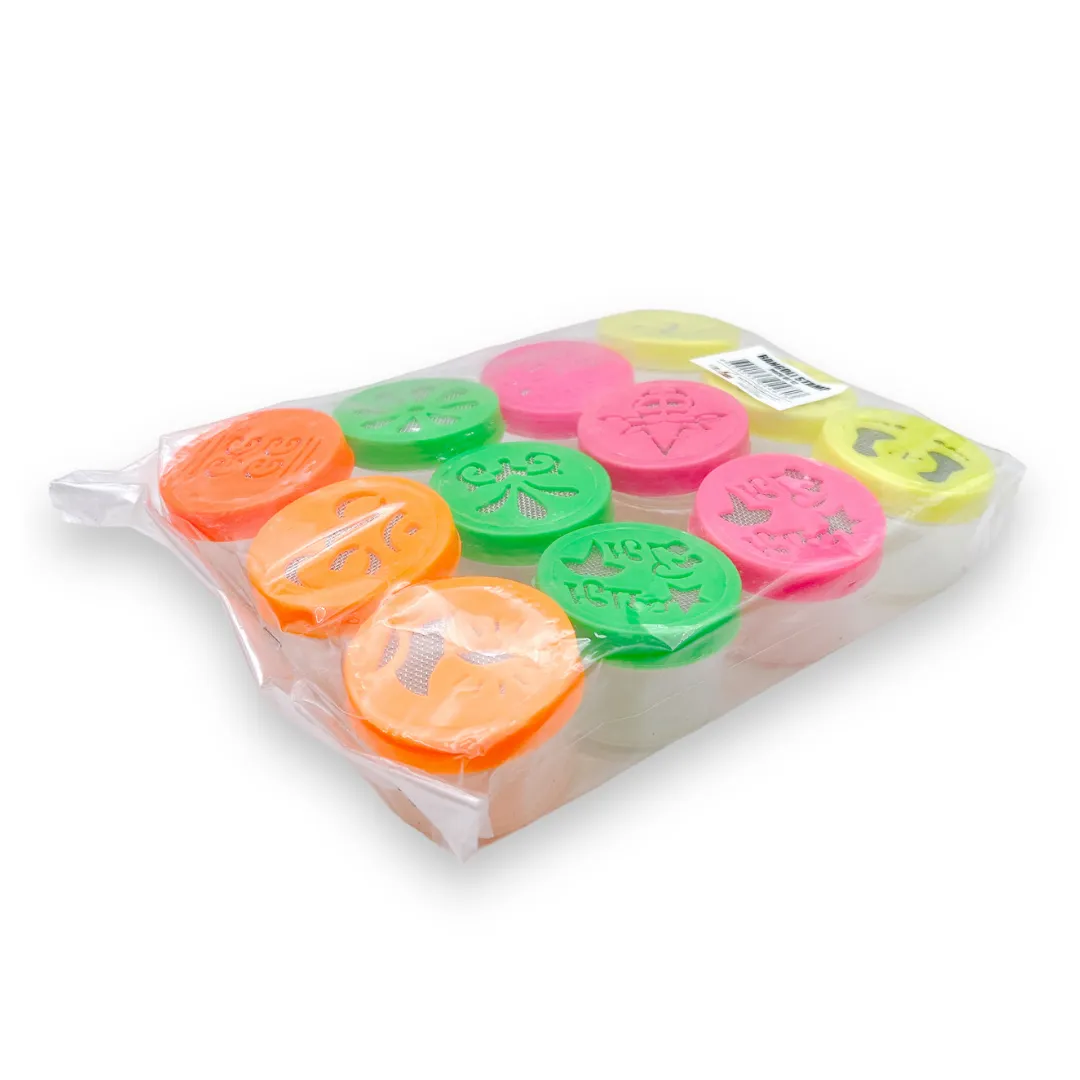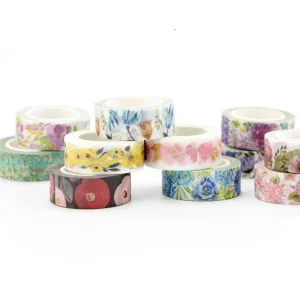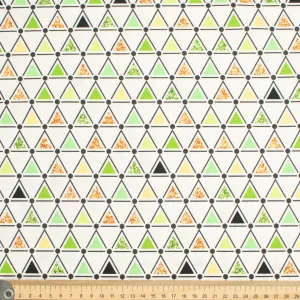Rangoli, a traditional Indian art form, holds a significant place in various cultural and religious celebrations, including poojas (religious ceremonies). The Rangoli Stamp is a unique and innovative tool that has gained popularity in recent times, adding a touch of creativity to the ritualistic aspect of poojas.
In the context of poojas, Rangoli is often created at the entrance of homes or prayer spaces. It is believed to welcome deities, guests, and positive energy into the premises. Traditionally, Rangoli patterns are meticulously drawn by hand, using colored powders, rice flour, flower petals, or other materials. The process can be time-consuming, and not everyone may possess the artistic skill to create intricate designs.
The introduction of the Rangoli Stamp simplifies and enhances the Rangoli-making process during poojas. Essentially, a Rangoli Stamp is a tool that imprints pre-designed patterns onto the floor or any surface where the Rangoli is being created. These stamps come in various shapes and sizes, featuring religious symbols, auspicious motifs, or intricate geometric patterns.
The utilization of Rangoli Stamps in poojas not only saves time but also allows individuals to achieve professional-looking designs with minimal effort. It promotes inclusivity, enabling people of all skill levels to partake in the traditional art form. The patterns imprinted by the stamp often carry symbolic meanings associated with prosperity, good fortune, and spiritual well-being, aligning with the positive ambiance sought during poojas.
As technology advances, some Rangoli Stamps may even incorporate customizable designs or electronic components, further merging tradition with modern convenience. While the traditional method of hand-drawn Rangoli remains deeply rooted in cultural practices, the Rangoli Stamp adds a contemporary twist, making it accessible and enjoyable for a wider audience participating in poojas and festive occasions.




